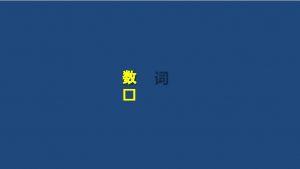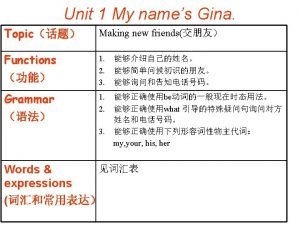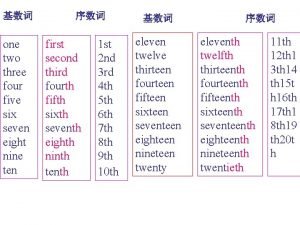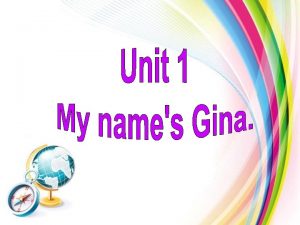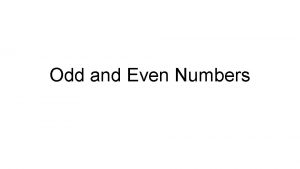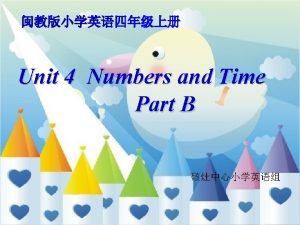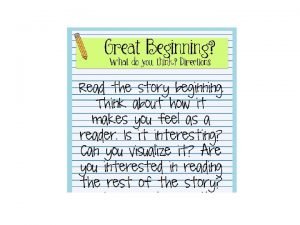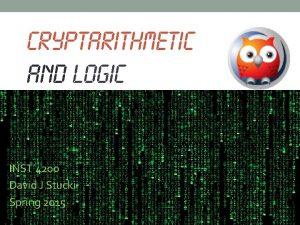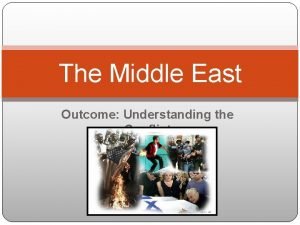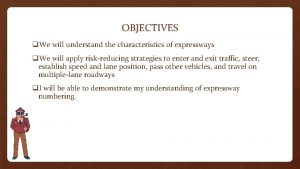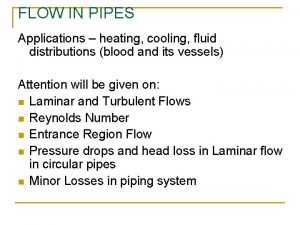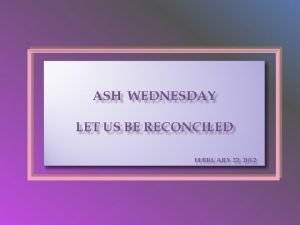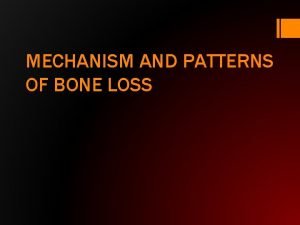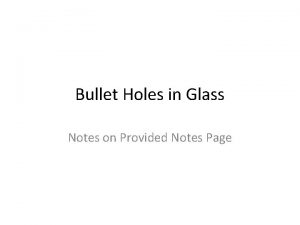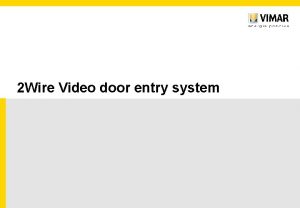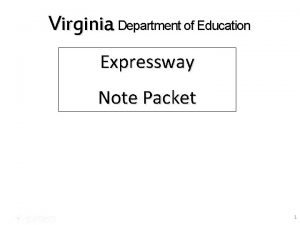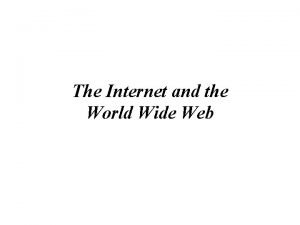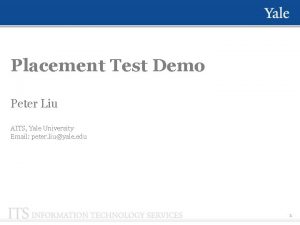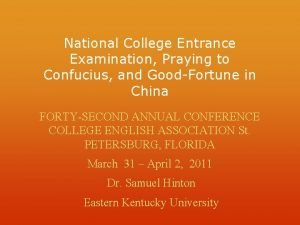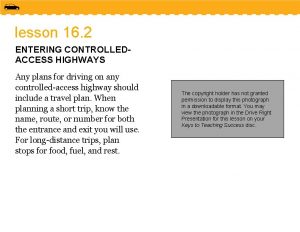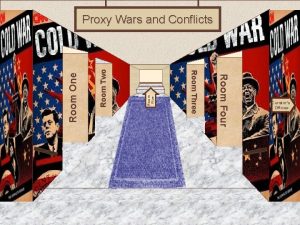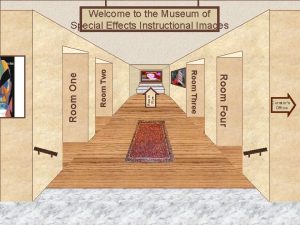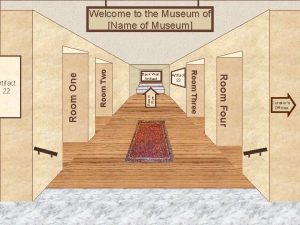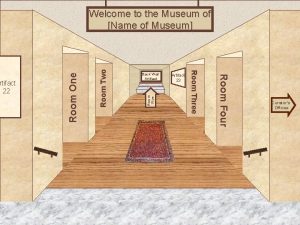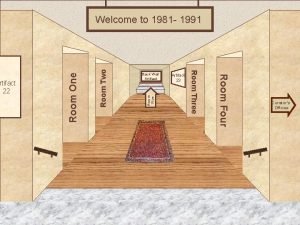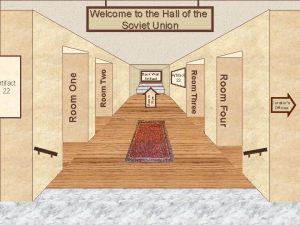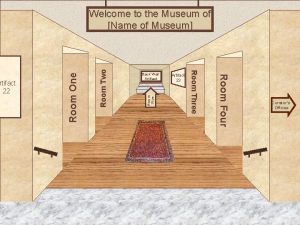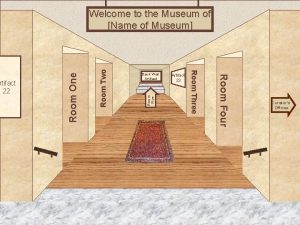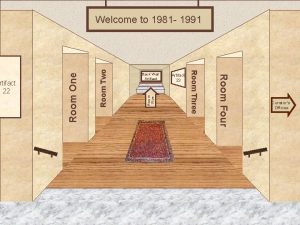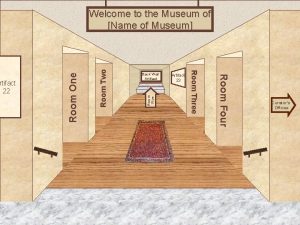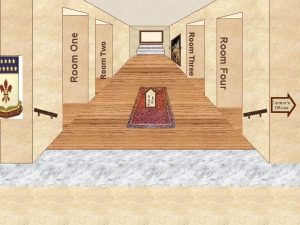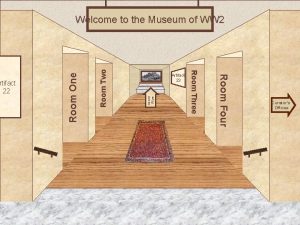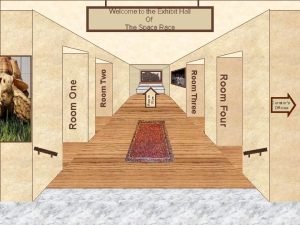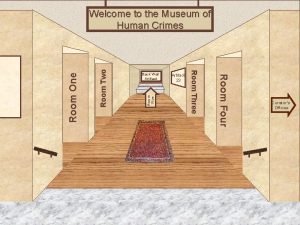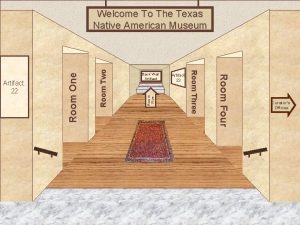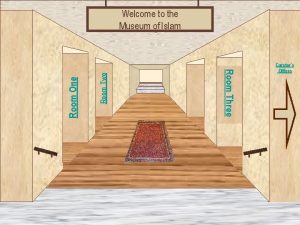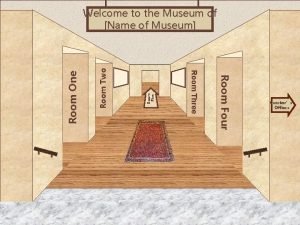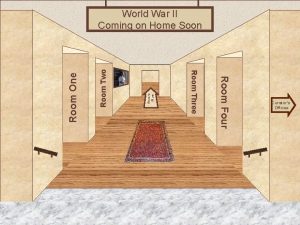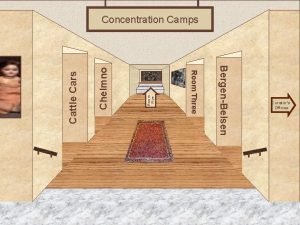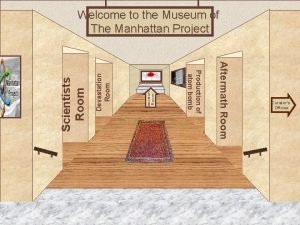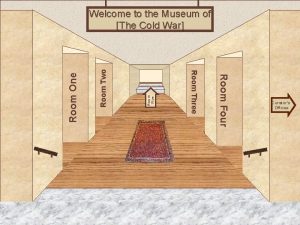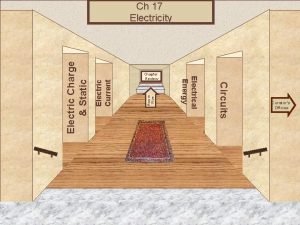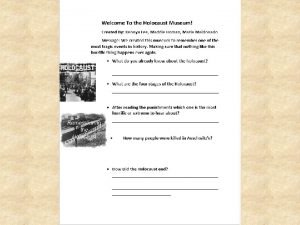Room Two Room Five Museum Entrance Room Four


![[Room 1] The Beginning Room 1 Return to Entry [Room 1] The Beginning Room 1 Return to Entry](https://slidetodoc.com/presentation_image/ea620b494d0bac5540b1286aad79a6eb/image-3.jpg)
![[Room 2] Room 2 Return to Entry [Room 2] Room 2 Return to Entry](https://slidetodoc.com/presentation_image/ea620b494d0bac5540b1286aad79a6eb/image-4.jpg)
![[Room 3] Room 3 Return to Entry [Room 3] Room 3 Return to Entry](https://slidetodoc.com/presentation_image/ea620b494d0bac5540b1286aad79a6eb/image-5.jpg)
![[Room 4] Room 4 Return to Entry [Room 4] Room 4 Return to Entry](https://slidetodoc.com/presentation_image/ea620b494d0bac5540b1286aad79a6eb/image-6.jpg)
![[Room 5] Room 5 Return to Entry [Room 5] Room 5 Return to Entry](https://slidetodoc.com/presentation_image/ea620b494d0bac5540b1286aad79a6eb/image-7.jpg)
























- Slides: 31

Room Two Room Five Museum Entrance Room Four Artifact 23 Room Three Room One Welcome to the Museum of [Name of Museum] Curator’s Offices

Curator’s Office Name Curator’s Describe yourself here. Place your picture here. Contact me at [Your linked email address] Return to Entry Note: Virtual museums were first introduced by educators at Keith Valley Middle School in Horsham, Pennsylvania. This template was designed by Dr. Christy Keeler. View the Educational Virtual Museums website for more information on this instructional technique.
![Room 1 The Beginning Room 1 Return to Entry [Room 1] The Beginning Room 1 Return to Entry](https://slidetodoc.com/presentation_image/ea620b494d0bac5540b1286aad79a6eb/image-3.jpg)
[Room 1] The Beginning Room 1 Return to Entry
![Room 2 Room 2 Return to Entry [Room 2] Room 2 Return to Entry](https://slidetodoc.com/presentation_image/ea620b494d0bac5540b1286aad79a6eb/image-4.jpg)
[Room 2] Room 2 Return to Entry
![Room 3 Room 3 Return to Entry [Room 3] Room 3 Return to Entry](https://slidetodoc.com/presentation_image/ea620b494d0bac5540b1286aad79a6eb/image-5.jpg)
[Room 3] Room 3 Return to Entry
![Room 4 Room 4 Return to Entry [Room 4] Room 4 Return to Entry](https://slidetodoc.com/presentation_image/ea620b494d0bac5540b1286aad79a6eb/image-6.jpg)
[Room 4] Room 4 Return to Entry
![Room 5 Room 5 Return to Entry [Room 5] Room 5 Return to Entry](https://slidetodoc.com/presentation_image/ea620b494d0bac5540b1286aad79a6eb/image-7.jpg)
[Room 5] Room 5 Return to Entry

Artifact 1 J. Robert Oppenheimer was born April 22, 1904, he was the director at the Los Alamos Laboratory. Commonly known as, “The Father Of The Atomic Bomb”, Oppenheimer was responsible for the research and development of the atomic bomb. In his childhood, Oppenheimer was a star student. At the age of 10 he was studying minerals, physics, and chemistry. By the age of 12, he was giving a lecture. http: //www. atomicheritage. org/ profile/j-robert-oppenheimer Return to Exhibit

Artifact 2 This is the an atomic bomb created by Robert Oppenheimer. It is nicknamed the gadget for the two bombs known as Fat Man and Little Boy. Linked citation goes here Return to Exhibit

Artifact 3 Text goes here. Linked citation goes here Return to Exhibit

Artifact 4 Text goes here. Linked citation goes here Return to Exhibit

Fat Man, code name for the atomic bomb was produced from Manhattan Project and is 5 feet wide and approximately 10 feet long. It held in 20 kilotons of TNT and killed 75, 000 people in Nagasaki, Japan by the end of 1945. This was second of the two nuclear weapons used in war with the first being the Little Boy. Fat Man was created in Los Alamos laboratory with plutonium given from Hanford Site. http: //atomicbombmuseum. org/ 2_firstbombs. shtml Return to Exhibit

Little Boy, the first atomic bomb used out of the only two nuclear weapons in war was 3 meters wide and 0. 7 meters in diameter weighing in at about 8900 lbs. In the bomb, a naval gun shot a U 235 projectile causing an atomic explosion on impact. It was used to attack Hiroshima, Japan killing about 70000 people and wounding 70000 others. http: //atomicbombmuseum. org/ 2_firstbombs. shtml Return to Exhibit

Oak Ridge Laboratory in Oak Ridge, Tennessee consisted of approximately 30000 workers and had 3 plants. Y-12 was an electromagnetic plant, X-10 experiments with plutonium, and K-25 was a gaseous diffusion plant. Nearby people from Oak Ridge such as Knoxville didn’t accept the Manhattan Project as it was found suspicious until workers from Oak Ridge traveled to Knoxville covering the city with mud giving away their position for the Manhattan Project. http: //manhattanprojectvoices. org/location/oak-ridge-tn Return to Exhibit

Los Alamos Laboratory, known for developing the atomic bombs due to the threat from the German Nuclear Development program against the US. Robert Oppenheimer chose to develop the bombs here at Los Alamos as it was in an isolated location with a water supply and an available labor force. Oppenheimer got researchers from universities in the country to explain parts of Manhattan Project. http: //www. losalamoshistory. or g/manhattan_project. htm Return to Exhibit

Artifact 9 This is the news article from The New York Times. It explained the events that happened in Japan when the atomic bomb dropped. It also explained how powerful the bomb was, the reason it was dropped, and interviews from government officials. http: //www. nytimes. com/learnin g/general/onthisday/big/0806. h tml to Return Exhibit

Artifact 10 This is the letter that Albert Einstein wrote to president Roosevelt to inform him of the weapon’s potential. In this letter he names people of authority who have supported this weapon. He also states how his work with uranium will allow this weapon to work well. https: //www. trumanlibrary. org/whistlestop/stud y_collections/bomb/large/documents/index. php ? documentdate=1945 -03 -25&documentid=35&pagenumber=1 Return to Exhibit

Artifact 11 This is the letter sent from Harry Truman, the president at the time. He sent this letter to address his reasons and precautions sent to the Japanese. He sent them a warning of the bomb and a chance to surrender. After they declined the offer he dropped the bomb. Return to Exhibit https: //www. trumanlibrary. org/ whistlestop/study_collections/b omb/large/documents/index. ph p? documentdate=1964 -0804&documentid=916&pagenumber=1

Artifact 12 This is a picture of the aftermath of Hiroshima. As you can see the once life filled area is a barren wasteland of a landscape. Linked citation goes here Return to Exhibit

Buzz Bomb The Buzz Bomb was a weapon used in World War II used by the Nazis, it was an automatic aircraft. The Buzz Bomb still exists today, but it’s know by a different name, the Cruise Missile. It’s purpose was to fly into space before crashing down on it’s targets. http: //www. learnnc. org/lp/editions/nchistworldwar/6002 Return to Exhibit

Radar System What the Radar System did was that it would detect objects in a distance, and let’s the users see from far distances, useful for many occasions, since if a storm was going on, or you just needed to se something far away. http: //www. learnnc. org/lp/editions/nchistworldwar/6002 Return to Exhibit

Field Gun The field guns were weapons provided by Germany, they were placed in convenient places, and used by higher powers. http: //ww 2 db. com/weapon. php? q=A 194 Return to Exhibit

WWII Food The food during WWII, they had many different types of food were vast, but setting up, they mostly had potatoes and meat, just basic food. http: //www. learnnc. org/lp/editions/nchistworldwar/6002 Return to Exhibit

Artifact 17 These were notes taken by Harry Truman at the Potsdam Conference. The Potsdam Conference was a meeting between the Soviet Union, United States, Canada and United Kingdom. They discussed post war efforts to make peace after the bombing. https: //www. trumanlibrary. org/ whistlestop/study_collections/b omb/large/documents/index. ph p? documentdate=1945 -0717&documentid=63&pagenum ber=1 Return to Exhibit

Artifact 18 This was a memo taken to address the meeting between Mr. Roger Makins and those needing to know about the plans for the atomic bomb. This memo was very important because described how important powers reacted to the secret plans. https: //www. trumanlibrary. org/ whistlestop/study_collections/b omb/large/documents/index. ph p? documentdate=1945 -0720&documentid=8 - Return to Exhibit

Artifact 19. this was the press release of the president explaining to news reporters that the atomic bomb had been dropped. He informed the people of the power it had used and why he had ordered the attack. This was a huge announcement from the president because of its effect on Japan. https: //www. trumanlibrary. org/ whistlestop/study_collections/b omb/large/documents/index. ph p? documentdate=1945 -0806&documentid=6&pagenumb Return to Exhibit

Artifact 20 This was the translated leaflet that was dropped to Japan and it’s people telling them that the U. S. had an enormously powerful bomb and was destructive enough to destroy many people. It told them to take cover from the bomb to keep them safe. It was not the people of Japan who’d attacked us, but the government. https: //www. trumanlibrary. org/ whistlestop/study_collections/b omb/large/documents/index. ph p? documentdate=1945 -0806&documentid=62&pagenumber=1 Return to Exhibit

Artifact 21 This diary entry recorded the first knowledge Harry Truman gained from the atomic bomb project scientists. He explains to Eben Ayers that the purpose of the atomic bomb is to show the Japanese that they deserved respect and that bombing pearl harbor was not the best action to take. https: //www. trumanlibrary. org/ whistlestop/study_collections/b omb/large/documents/index. ph p? documentdate=1951 -0806&documentid=19&pagenumber=1 Return to Exhibit

Artifact 22 This is a timeline showing all the events leading to the decision of dropping the atomic bombs against Japan. https: //www. trumanlibrary. org/ whistlestop/study_collections/b omb/large/documents/index. ph p? documentdate=1957 -0529&documentid=50&pagenum Return to Entrance

Hiroshima Ruins This is the ruins of Hiroshima due to Manhattan Project’s bomb known as Little Boy. It shows the effect that the atomic bomb had on the city leaving Hiroshima in destruction and rubble. http: //www. atomicheritage. org/ history/hiroshima-and-nagasaki -missions-planes-crews Return to Entrance

Nagasaki Strike This is the Nagasaki Strike Photo showing the effects of the Fat Man. This bomb caused havoc, destroying homes and killing 75000 people. This is an example of what the Manhattan Project created and achieved. http: //www. atomicheritage. org/ history/hiroshima-and-nagasaki -missions-planes-crews Return to Exhibit
 One two three four five six seven
One two three four five six seven One two three first second third
One two three first second third Zero one two three four five six seven eight nine
Zero one two three four five six seven eight nine One two three four five six seven eight night
One two three four five six seven eight night La
La One two three four five numbers
One two three four five numbers Eleven twelve thirteen fourteen fifteen
Eleven twelve thirteen fourteen fifteen Ba-room ba-room ba-room baripity
Ba-room ba-room ba-room baripity Two two four cryptarithmetic solution
Two two four cryptarithmetic solution And now with gleams of half-extinguished thought
And now with gleams of half-extinguished thought Five of five
Five of five 5 senses and 5 elements
5 senses and 5 elements Drum and colors macbeth
Drum and colors macbeth Module 5 topic 1 drivers ed
Module 5 topic 1 drivers ed Entrance hidden by bricks and rubble
Entrance hidden by bricks and rubble Maze type entrance in darkroom
Maze type entrance in darkroom Entrance là loại hoạt cảnh
Entrance là loại hoạt cảnh What are the three parts of an expressway entrance
What are the three parts of an expressway entrance Inward projecting pipe entrance
Inward projecting pipe entrance Entrance culvert
Entrance culvert Sediment traps construction
Sediment traps construction Entrance antiphon for today's mass
Entrance antiphon for today's mass Ledges bone loss
Ledges bone loss 22 bullet hole in glass
22 bullet hole in glass 2-wires door entry system design
2-wires door entry system design Eye clinic york hospital
Eye clinic york hospital Bayview secondary school ib entrance exam
Bayview secondary school ib entrance exam Weave lane on expressway
Weave lane on expressway An organization providing an entrance ramp to internet
An organization providing an entrance ramp to internet Yale placement tests
Yale placement tests Prayer before entrance exam
Prayer before entrance exam Empty space between traffic clusters
Empty space between traffic clusters
